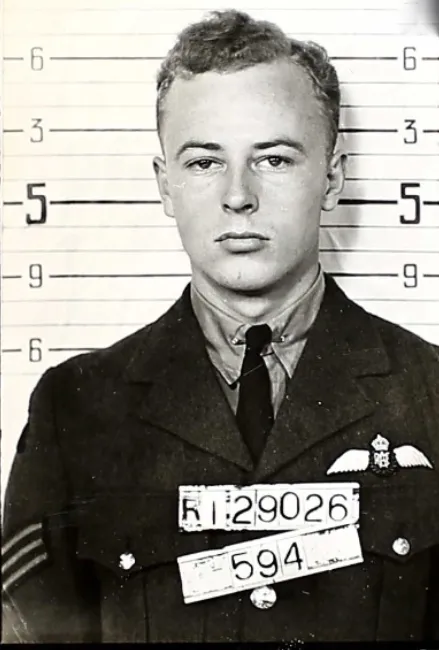Hyndman, Thomas Frederick (Sergeant)
Killed in Flying Accident 1942-October-04


Birth Date: 1922-January-07
Born: Edmonton Alberta
Parents: Son of Harry Harland Hyndman and Jennie Pierson Hyndman, of Oakville, Ontario, Canada. M.A. (University of Toronto).
Spouse:
Home: Oakville, Ontario
Enlistment:
Enlistment Date: unkown date
Service
RCAF
Unit
5 GTS- Glider Training School
Base
Rank
Sergeant
Position
Pilot
Service Numbers
R/129026
Home
Crew or Other Personnel
Master W8773
Master serial: W8773

(IWM Photo, COL 198)(Source Harold A Skaarup Web Page)
The Miles M.9 Master was a British two-seat monoplane advanced trainer designed and built by aviation company Miles Aircraft Ltd. It was inducted in large numbers into both the Royal Air Force (RAF) and Fleet Air Arm (FAA) during the Second World War.
The Master can trace its origins back to the earlier M.9 Kestrel demonstrator aircraft. Following the failure of the rival de Havilland Don as a satisfactory trainer aircraft, the RAF ordered 500 M9A Master advancer trainers to meet its needs. Once in service, it provided a fast, strong and fully aerobatic aircraft that functioned as an excellent introduction to the high performance British fighter aircraft of the day: the Spitfire and Hurricane. Throughout its production life, thousands of aircraft and various variants of the Master were produced, the latter being largely influenced by engine availability. Numerous Masters were modified to enable their use as glider tows. The Master also served as the basis for the Miles Martinet, a dedicated target tug adopted by the RAF.
Perhaps the most radical use of the aircraft was the M.24 Master Fighter. Armed with six .303 in machine guns, it was intended to function as an emergency fighter during the Battle of Britain; this model did not ultimately see combat. Ordinary trainer models could also be fitted with armaments, including a single .303 in Vickers machine gun and eight bombs, albeit intended for training purposes only. Beyond the British air services, other nations also chose to adopt the Master, including the South African Air Force, United States Army Air Force (USAAF), Irish Air Corps, Royal Egyptian Air Force, Turkish Air Force, and the Portuguese Air Force. While thousands of Masters were manufactured, no complete examples have been preserved. Wikipedia